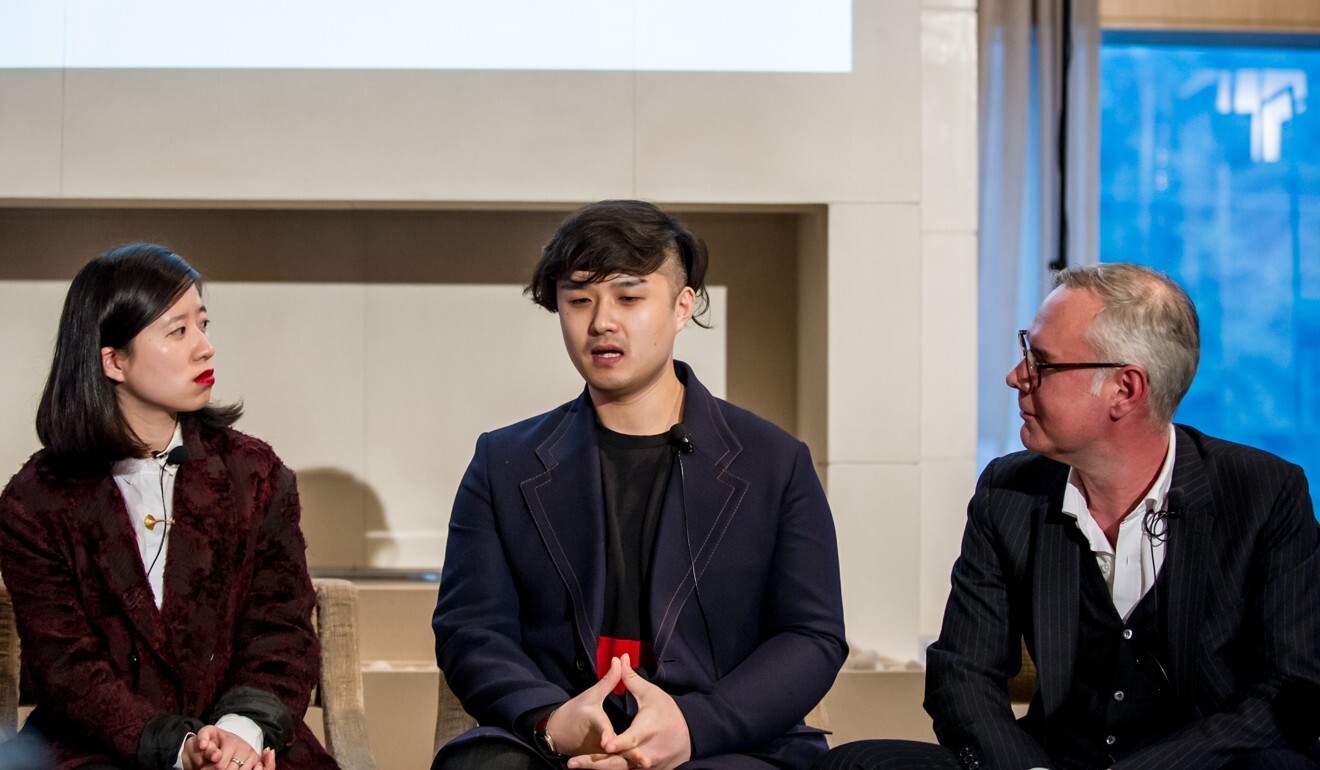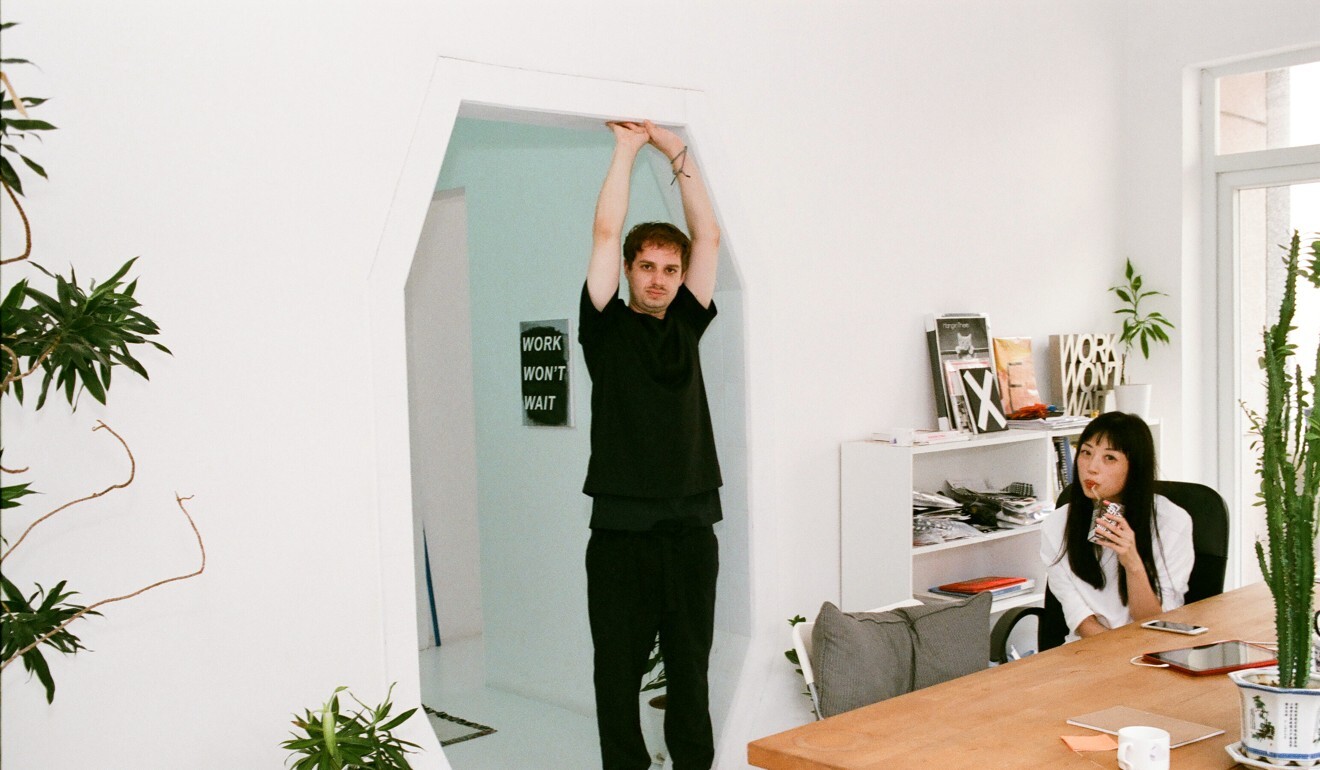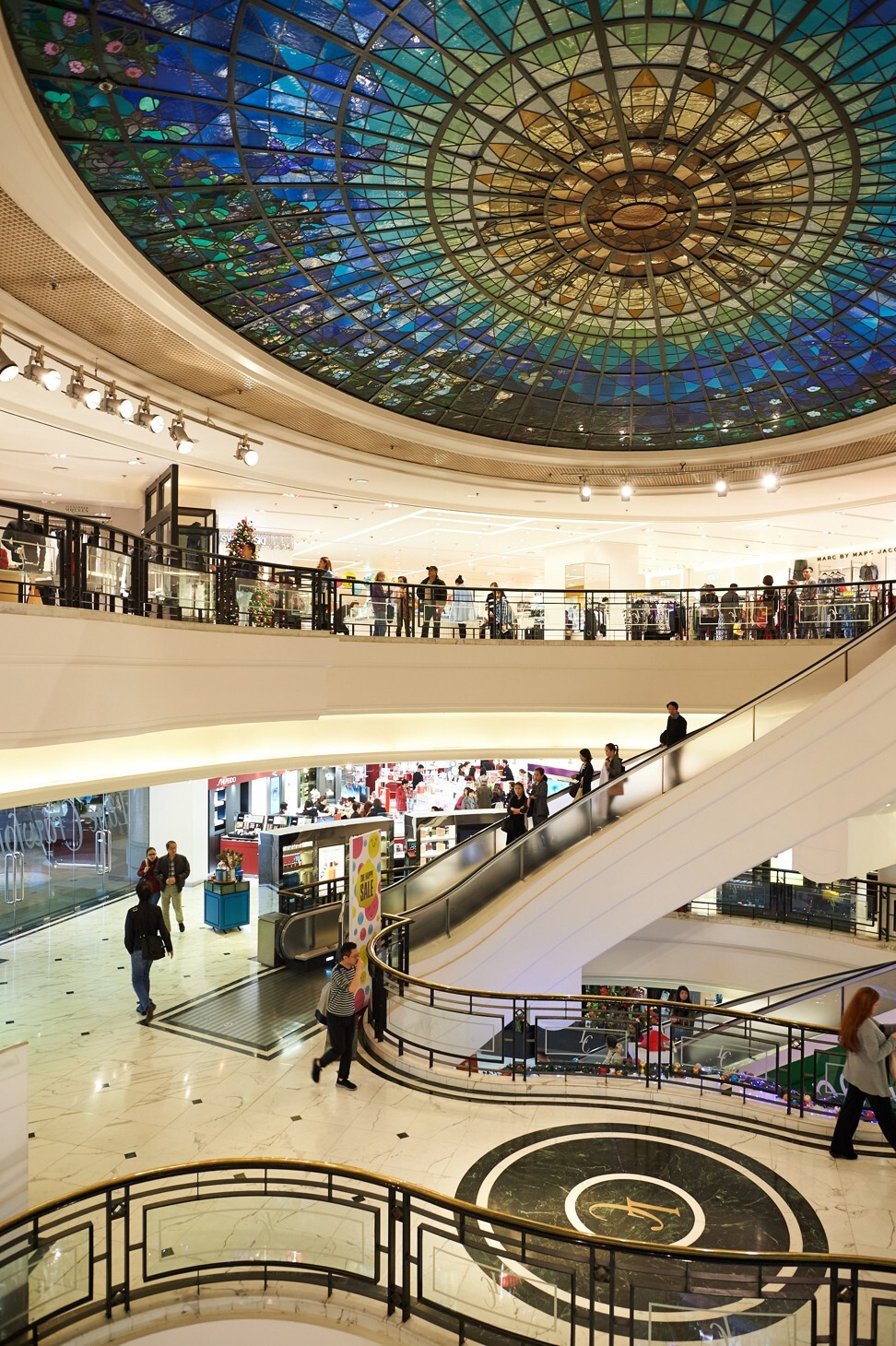
Is Lane Crawford better placed than other department stores to survive the pandemic?
- Lane Crawford president Andrew Keith has been at the centre of discussions about the future of the luxury fashion industry after the Covid-19 pandemic
- The pandemic will change the fashion industry. How well positioned is the department store, with 170 years of history in Hong Kong and China, to take advantage?
Back in May, while much of the world was in lockdown amid the coronavirus pandemic and deep into an economic downturn that as yet shows no signs of abating, a group of fashion designers and retail executives banded together to “fix the broken fashion system”.
Led by Belgian designer Dries Van Noten and Andrew Keith, president of the Hong Kong-based stores Lane Crawford and Joyce, this cohort of industry insiders sought to address a number of issues that afflicted the fashion industry long before the current crisis began.
“I felt very strongly that we were facing a landslide of discounting if we didn’t do anything about it, so I reached out to brand partners like Dries Van Noten,” Keith says. “We agreed that as an industry we have always discounted our way out of trouble, and we needed to stop that vicious cycle.”

The discounting dates back to the global financial crisis of 2008, when US retailers launched clear-out sales of unsold merchandise. As a consequence the US market never recovered, because the luxury customer grew accustomed to not paying the full price for goods. This affects the bottom lines of emerging labels in particular.
“Big brands have a scale of operations and infrastructure that enable them to deal with situations like this in a more robust way, while young brands don’t have the finance or capability to deal with the disruption that we’re dealing with at the moment,” says Keith. “But while conglomerates have significant resources, they often lack the level of innovation and agility of young brands.”
Fashion and the coronavirus: survival of the fittest
Emerging designers have always been a cornerstone of the offerings at Lane Crawford, where customers are likely to find the latest hot brands, such as Bottega Veneta and Jacquemus, next to up-and-coming labels such as By Far, and Asian labels such as Ffixxed Studios and Particle Fever.
Lane Crawford’s Global Creative Callout is at the heart of the company’s efforts to support young talent. Every year since 2015, the company has invited young creatives to submit their work and be judged by a panel of experts, which this year includes New York-based designer Alexander Wang, and given them the chance to have their products stocked at Lane Crawford.
In the past, the event has taken place in cities such as Shanghai, Hong Kong, Sydney and Los Angeles, but this year designers will be able to showcase their work online.

“By doing it digitally we’re less restrictive and give more access to designers wherever they may be,” says Keith.
Lane Crawford customers in Hong Kong and China have responded enthusiastically to new designers, especially those from the region, Keith explains.
“It’s been fascinating to see the speed at which Chinese brands have resonated,” he says. “These designers are very smart because they have a very global perspective on the world – in many instances they were educated overseas – and come back with great education and training and use local Chinese manufacturing, so their speed to market is very fast and they’re digitally savvy and understand how to connect with our customers on whatever channels they’re using.

“In many ways, they represent the future of how the industry is evolving.”
Most luxury brands in Hong Kong rely extensively on inbound travellers and now face the reality that Chinese consumers are likely to shun the city for the foreseeable future; this will force them to downsize and close stores.
We have a loyal customer base and can provide opportunities that [brands’] free-standing stores can’t provide any more
The prospects for retailing in Hong Kong are far from rosy, and the city’s population of 7.5 million cannot sustain the number of luxury stores currently in operation. The value of retail sales in May 2020 decreased by 32.8 per cent year on year. Luxury was the category worst affected – sales of watches and jewellery alone plunged almost 70 per cent.
Lane Crawford, however, has always had a very loyal customer base in the city, which Keith says has helped the company navigate through the crisis.
“If I exclude cosmetics, for fashion and lifestyle 75 per cent of our business is local Hong Kong customers,” he says. “We’re having conversations with brands as they start to rethink their Hong Kong strategy. A business like Lane Crawford is appealing to them because we have a loyal customer base and can provide opportunities that their free-standing stores can’t provide any more.”

Keith believes that Hong Kong, thanks to its affluent and international population, is always going to be an important market for luxury brands, but says labels wanting to break into the Hong Kong market will probably rely less on bricks-and-mortar stores and instead focus on “more flexible ways of working, like pop-ups and multi-brand stores like Lane Crawford”.
Brands that have long relied on Hong Kong being one of the world’s top luxury markets are trying to figure out what role it will play amid a climate of political and financial uncertainty.
“It’s early days to see what the new relationship and interdependence between Hong Kong and China will look like, but I do think that there are ways of entry into China that are not so dependent on a Hong Kong position, and there's potentially a way to move into China without going to Hong Kong first,” says Keith, referring to brands planning to enter the lucrative Chinese market.

Chinese consumers – whether in Hong Kong or China – are hugely important to Lane Crawford, which also operates physical stores in Beijing, Shanghai and Chengdu.
There has been much talk about “revenge shopping”, the pent-up demand for luxury goods that has led Chinese shoppers to line up outside stores in Beijing and Shanghai after lockdown measures eased in China.
Keith says that in May and June, Lane Crawford stores in China did experience a number of exceptional transactions, especially by VIP clients. “There’s definitely a feeling of joy in China,” he says. “We talk a lot about reunion dressing, people getting back together with family and friends and wanting to look their best selves.”
Quality will become more important, and there’s a definite interest in sustainability and how a product is made
A strong believer in the importance of physical stores, even amid the rise of digital sales, Keith also talks of a new-found focus on “conscious consumption” in the aftermath of the pandemic.
“People will want to buy things that are special and that will last. There’s more awareness of the fact that we don’t want to just buy stuff,” he says. “You want something that becomes cherished and that you can wear for more than one season.
“There’s also an element of upgrading. People are spending a little bit more but there’s an element of consciousness in what they buy. Quality will become more important, and there’s a definite interest in sustainability and how a product is made.”

Department stores, especially in the United States, have been hit extremely hard by the crisis, which has accelerated the demise of what once was fashion's public square, a place of discovery and gathering where luxury lovers could find a great selection of fashion, beauty and lifestyle brands all under one roof – all things they can now easily find online.
One thing is certain – the industry will not be the same once the coronavirus pandemic is over. With China set to drive much of luxury consumption for years to come, a company like Lane Crawford cannot miss the opportunity to be a key player in this shift in global consumer patterns – otherwise it risks becoming another victim of the retail apocalypse.

